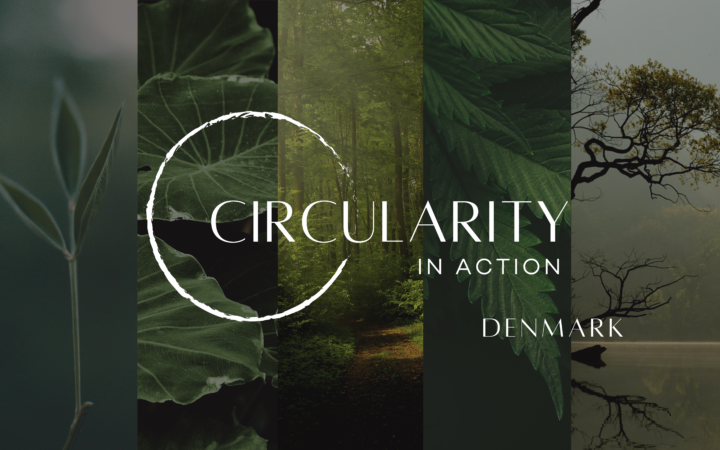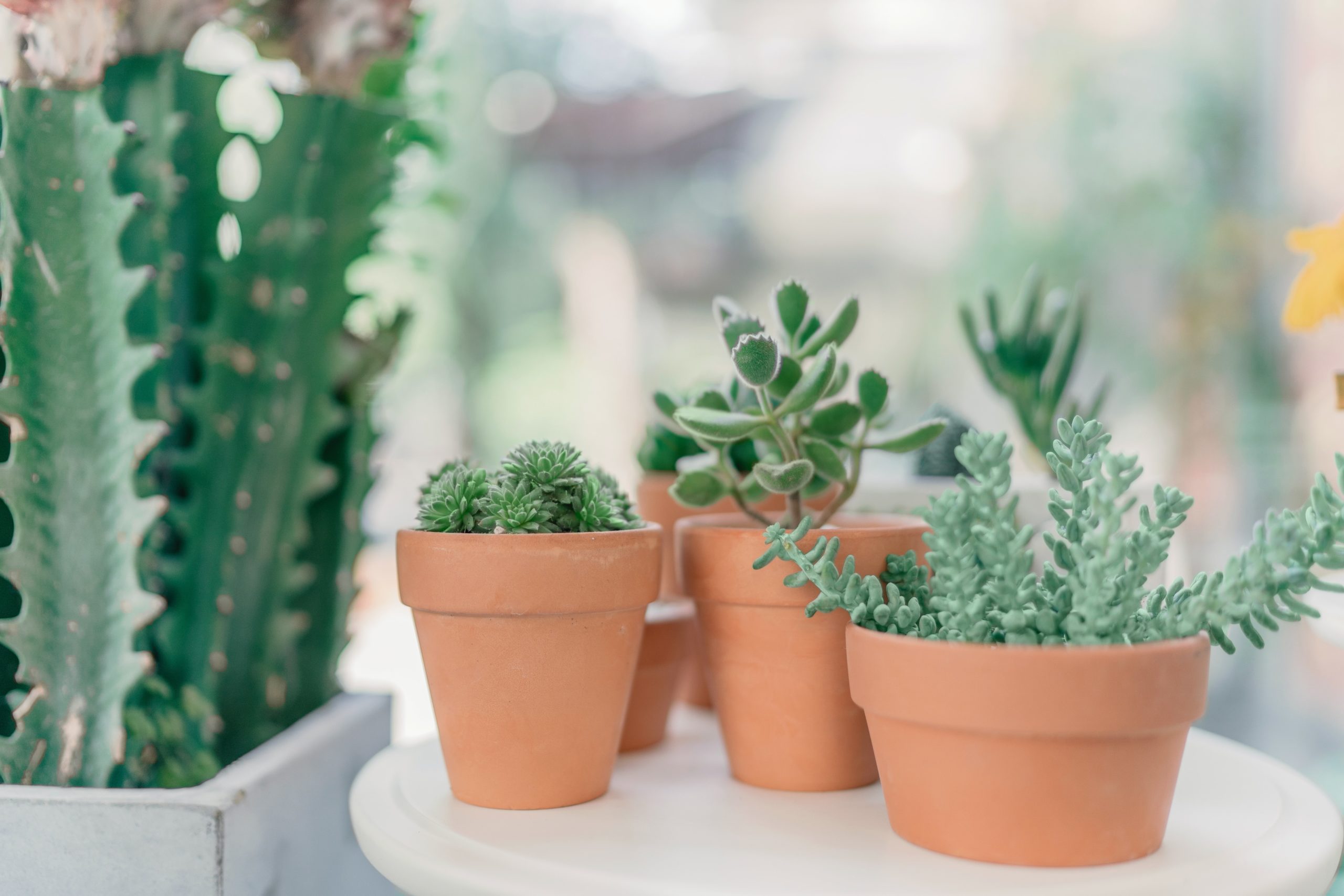
If Edward O. Wilson was on the right path when he popularized biophilia, a term summarizing his “eloquent statement…that our natural affinity for life – biopihlia – is the very essence of our humanity,” then natural aesthetes like me are driven to deploy this both conceptually and precisely within our living spaces. Impressively, our biophilia practicalities are answered through the beauty and brawn of live indoor foliage.
Ebullient indoor plants have long been known to improve our indoor breathing experience. NASA scientists as well as university researchers from Penn State University and the University of Georgia propose that greenery absorbs gases through their roots and also through the pores on the surface of their leaves. However, our families’ air is not the only life element to beseech rescue from intrusive toxins.
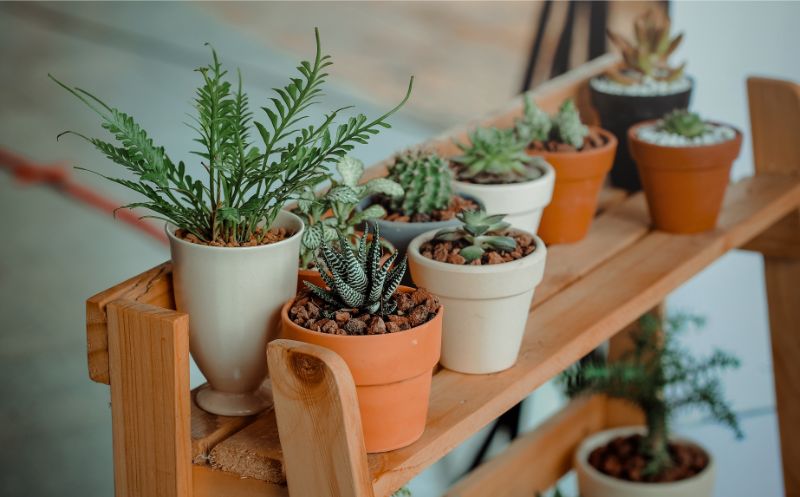
According to the Journal of Physiological Anthropology, indoor plants grandly support and enhance the wellbeing of all in our homes. Touching and smelling plants can reduce physiological and psychological stress and elevate mood. Even the potting soil works to nourish us through “outdoorphins,” which release cytokines that act as natural antidepressants.
Consider these plants, known to optimize and express biophilia distinctively in our indoor spaces:
We start with the bamboo palm, which improves the environmental value of our indoors by lifting air quality and presenting a beautiful visual appeal at the same time. This plant, also known as a “reed palm,” aids in the removal of benzene and formaldehyde from the air. It is a wonderful contribution to any space, especially paired with an upcycled planter like the Trellick planter from Goldfinger Factory – inspired by the “icononic Brutalist design of the Trellick tower.”
Next consider the peace lily, which fights toxic gases like carbon monoxide and formaldehyde from the air. It is also soothing, easy to care for, and communicates its request for water by slightly drooping its head, in need of a drink. Consider offering it the kindest quencher of all – rainwater, known to work as something of a natural fertilizer to indoor plants.
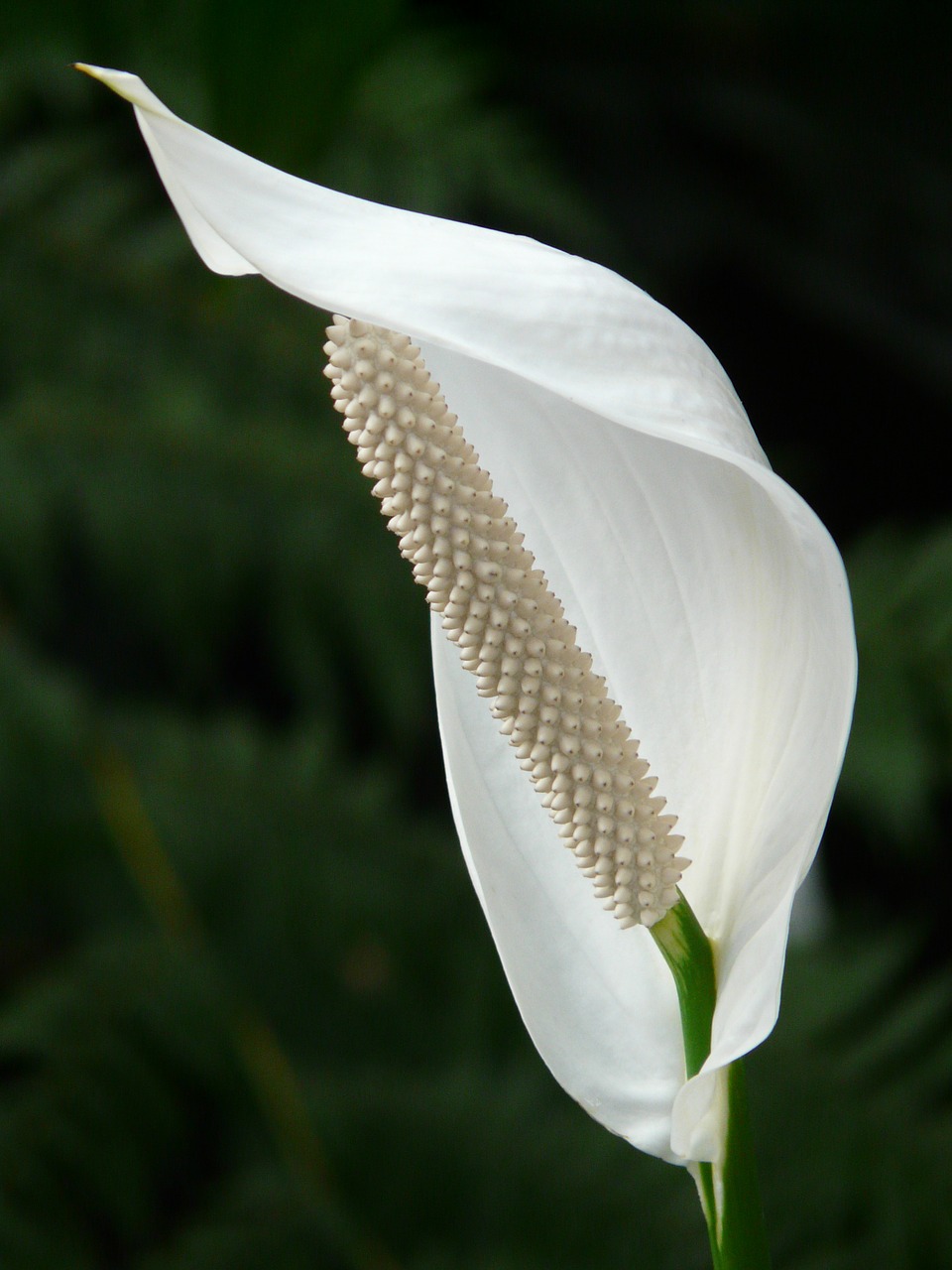
On to the mass cane plant, which is one of the most popular varieties of Dracaenas for its vibrant foliage, ranging from deep greens to incredible yellows. This plant helps remove formaldehyde and looks stunning in tree form but also can be grown as an indoor shrub.
We move now to the tillandsias. Tillandsias, or, more commonly called, “air plants” are exotic, colorful and a most interesting feature of all: they filter airborne particles perhaps better than any other plant on the earth. They have a particularly modern look, especially when paired with 100% natural plant pods like these hand-dipped air plant pots.
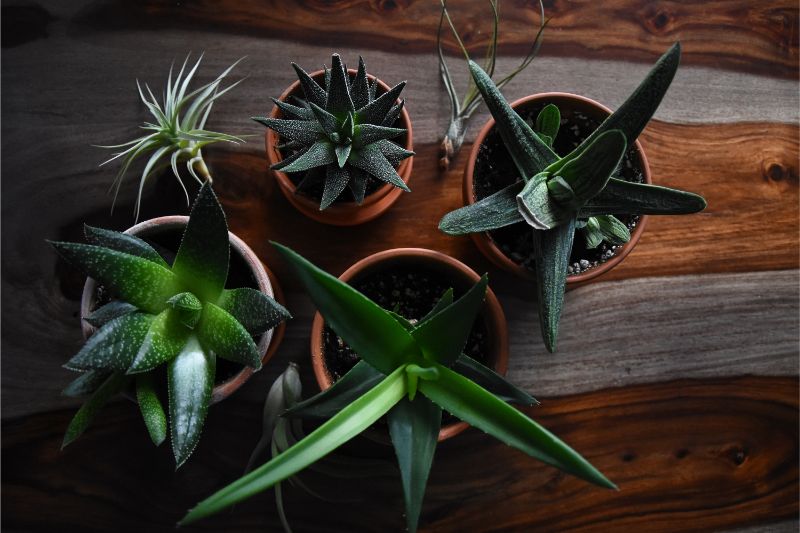
Now we reflect on the Ficus Fig, also identified as the “weeping fig,” celebrated for its capacity to remove benzene, formaldehyde, trichloroethylene from the air. This fig flourishes in both bright and indirect light and performs high-octane air cleaning chores while emanating a most saturated green leafy look to any room in need of a hardy, two foot tall stunner.
We move now to spider plants, and their kindly kryptonite to xylene, present in paints and varnishes, a superpower obliging us to embrace it appreciatively and ignore this plant’s unappealing moniker. Perhaps we will label it one of its substitutionary names like airplane plant, St. Bernard’s lily, or even ribbon plant, named for the linear leaves that are green or striped white.
Another option is the Boston fern, one of the most popular ferns grown indoors, given that this plant can wrestle the formaldehyde and xylene out and away from our family’s indoor breathing experience. They relish cleaning the air among high humidity and indirect light. Maintenance is minimal – a good soaking is needed only once a month.
Our essential appreciation for the aloe vera plant is self-evident, thanks to its aloe leaves containing, naturally, aloe, which is rich in amino acids, vitamins and enzymes. The clear fluid has wound-healing, anti-inflammatory elements for a number of skin conditions. Yet this miracle seedling takes it up a notch more than we might have even imagined a plant can, elevating our indoor health in meaningful ways by fighting formaldehyde from the air.
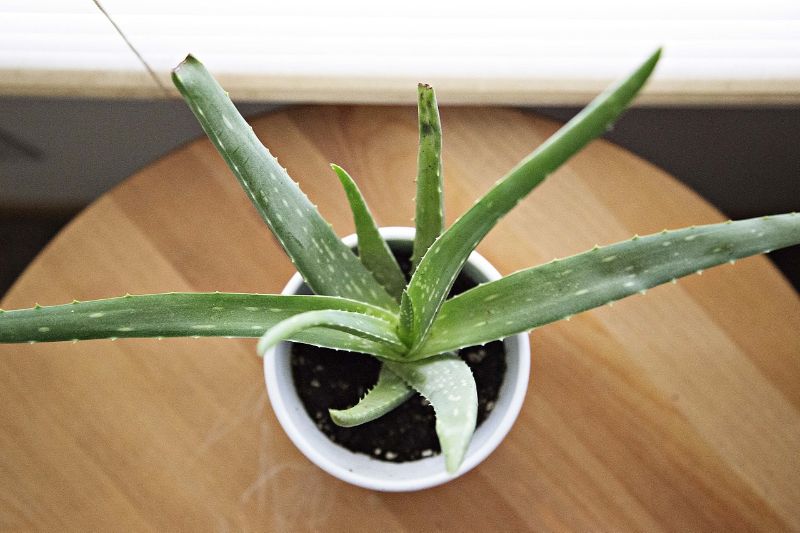
Of course, we would want to include the beautiful wax begonia plant, which flowers a lush white, pink or red cluster during the summer. This beauty filters harsh benzene pollutants and also chemicals produced by toluene, a residual fluid that a University of Georgia study found in some waxes and adhesives.
Last but not least is the Gerbera daisy. Named for Traugott Gerber, a German botanist and medical doctor who must have known how this cheery flower would elevate mood and air quality alike. This multi-petaled gem needs its stalks trimmed to the base when its flowers fade, but it is a heavy hitter for removing residual air toxins from dry cleaning (trichloroethylene). It also filters benzene, which can be emitted from some inks.

Embracing outdoor plants as indoor collaborators to a life well-lived offers our natural biophilia an opportunity to thrive. Give in to these natural inclinations. Let all in our homes collectively delight in mood-boosting enhancers inherent to inviting the outside in. Incorporating this strategy respects the scholarship around greenery, the glory of life outside and in, and the peace and tranquillity of an indoor space with luxuriously uncontaminated breathing experience.




